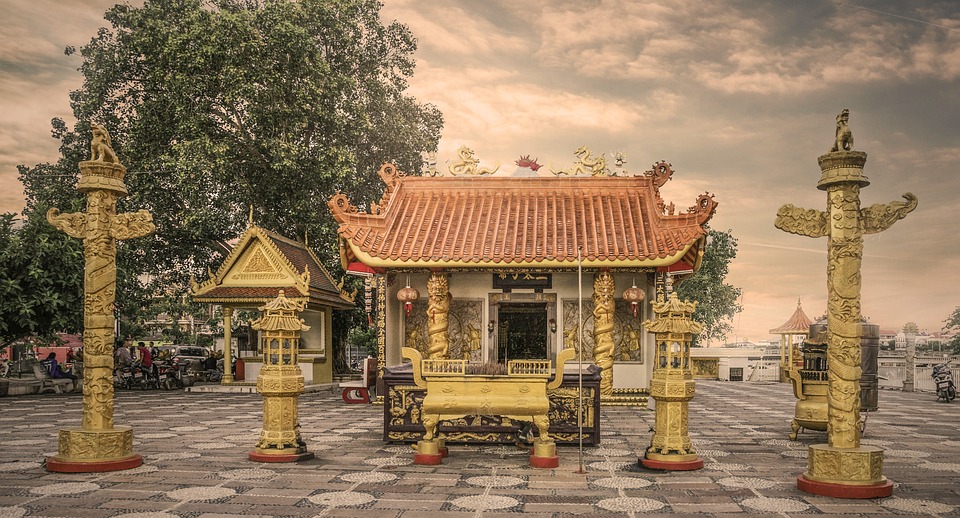Many individuals who first venture into growing native plants or landscaping have little idea of what type of plants or trees to plant. In recent decades, there has been a push toward planting native plant and tree species in every state. Native species have many excellent innate traits and adaptive behavior that make them visually pleasing, realistic, and economically invaluable for any type of landscape. Moreover, there is evidence that the use of native plants also increases the well-being and regeneration of our ecosystem.
Landscaping/gardening with native plants in a local area within the city helps re-establish regional quality and reduces pressure on resources.
What are the indigenous people?
Aborigines are plants that have grown in place over centuries and spread across the countryside mainly as a reaction to climate changes and adaptation to soil conditions. Indigenous plants are commonly referred to as plants that grew in North America before the arrival of Europeans. Europeans introduced a large number of “exotic” plants and in many places wiped out the native flora. Furthermore, migration of Native American populations within states has resulted in more plant diversity but loss of indigenous plant populations in some locations.
There is no doubt that some exotic plants and trees are beautiful and harmless but many others are a threat to the ecosystem and biodiversity.
There have been cases where the growth of exotic plants has run wild, and this has led to natural changes in the floral composition of native plant populations. The wild growth of alien races often completely wiped out the native flora. Moreover, some exotic plants are also known to be vectors for disease transmission and insect infestation.
One way to control the damage caused by exotic plants is to reintroduce native species.
What are the benefits for citizens?
Easy to adapt to the local environment.
Generally need less maintenance
Cheaper and less expensive in the long run.
– Durable and able to withstand extreme temperatures
– Do not die during extreme temperatures
Environmentally responsive, needing less pesticides and fertilizers due to innate adaptations
– Promote biodiversity and environmental friendliness
Provide food and protection for local animals, plants and animals
Recreating the local environment.
Put an end to the spread of strange prices in the future
Native plant life has learned to adapt and thrive with the local climate, soil types, and animals. This long process can bring many advantages when one chooses to incorporate native plants into the local environment.
What are the local plants? [http://www.tnnursery.net/index.php?l=product_list&c=14] Should I grow up?
In order to eliminate the monotony in the background, landscapes must be matched to the natives with the appropriate soil and local conditions. Furthermore, one should consider using native plants that grow together in their natural, biological environment.
